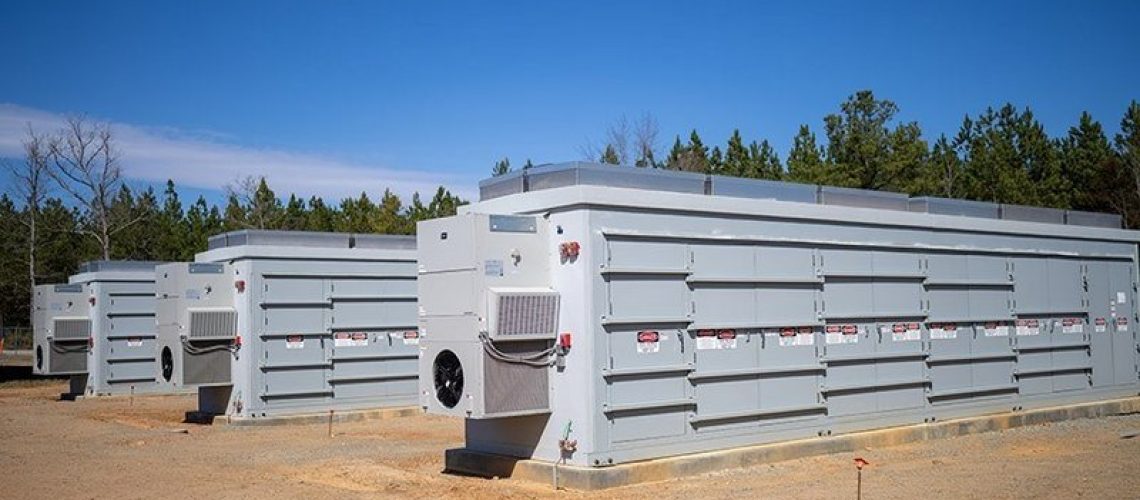Dominion Energy Virginia installed its largest operational battery energy storage pilot project at the Scott Solar facility in Powhatan County. Constructed by RES, the 12 MW/48 MWh project consists of three independent systems located at one site — an ac-coupled Battery Energy Storage System and two dc-coupled battery energy storage systems retrofitted to an existing solar PV facility — the first project of its kind in Virginia.
“The completion of this pilot project represents a milestone for RES and Dominion as it paves the way for additional energy storage projects needed to support a carbon free future,” said John Rohde, CEO of RES in the Americas. “We couldn’t be more proud to have partnered alongside a company as dedicated to providing clean, safe, reliable and affordable energy as Dominion Energy. This is a huge achievement for everyone involved.”
The ac-coupled BESS is a 10 MW, 4-hour system which seeks to align peak production with peak load demand. It is the first BESS in the country to utilize CATL battery cells and Dynapower components with RES’s RESolve EMS controller.
The two DC-coupled batteries are each an independent 1 MW, 4-hour system that are charged by capturing clipped energy (energy that would otherwise be lost when a solar panel’s output potential exceeds the amount of power an inverter can convert) directly from the existing solar panels.
This is the first project of its kind in the United States and integrates the same technology into the existing inverters via custom-built recombiner boxes and Reverse Current Mitigation devices specifically engineered and designed by RES, EVS and ConnectPV.
“We are in the midst of a clean energy transition and this pilot project at Scott Solar is laying the foundation for a cleaner energy future,” said Ed Baine, President of Dominion Energy Virginia. “These battery storage systems will enable the company to better understand how best to deploy utility scale batteries across our service territory, support grid reliability, and ultimately enable the integration of more renewable generation resources.”
Tags: utility-scale



